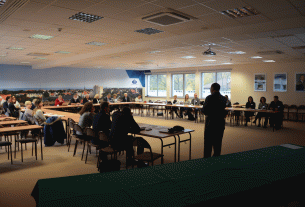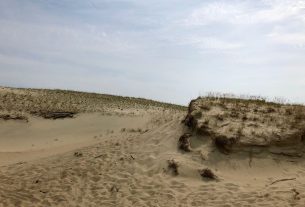LOCATION
The “University and Hanseatic Town of Greifswald” – with about 60.000 inhabitants – is located at a lagoon of the Baltic Sea in the north-eastern area of Germany.


HISTORY
In 1199 a monastery was founded by Cistercians in Eldena, which is a part of Greifswald today. The production of salt was the background of the development of a nearby market – Greifswald – , which received its town charter in 1250. The historically most important period has been during the participation in the Hanseatic League (about 13thtill early 15thcentury). The construction of three brick Gothic churches, which are still dominating the city’s silhouette, began in the 13thcentury. After loss of importance as market place in the Hanseatic League, the opening of the University in 1456 shaped the town’s character in the centuries to come. After stagnation in the period following reformation and the Thirty Years’ War, in the 19thcentury the university gained importance as Prussian alma mater. Until today, research and development are the leading sectors of the city’s economy, especially in medical science and physics. The university has about 11.000 students.
ATTRACTIONS
Greifswald is one important stop along the European Route of Brick Gothik with the ruins of the Cistercians monastery Eldena, the St. Nikolai cathedral, St. Jacobi parish church and St. Marien parish church. Two historic fronts – “Markt 11” and “Markt 13” – at the west side of the marketplace also date back to the main era of brick gothic architecture. Together with renovated historic buildings – as the town hall – they show former prosperity and civic pride.
The public Pomeranian State Museum (”Pommersches Landesmuseum”) is dedicated to the Pomeranian history and arts. The huge Croy tapestry (6,80 x 4,32m) from the 16thcentury is a unique artifact showing persons related to the Pomeranian history in the time of reformation, including Martin Luther. The art gallery shows a wide range of paintings from artists of baroque era until the 20thcentury. Also seven paintings of Caspar David Friedrich, who is the most important landscape painter of Romanticism and was born in Greifswald. In his birthplace in “Lange Straße” there is also a center telling about the life and work of this painter.
At the small river “Ryck” is the largest port museum of Germany with more than 50 historic schooner, tugs and barges.
About 4 km down the river you reach the fishermen village of “Wieck” with a nice historic looking bridge in Dutch style, can observe active fishermen at work and visit – just beside this village – the ruins of the monastery of “Eldena”.
INFORMATION SOURCES
Heritage Class: [ C ]Cultural Heritage
Subclass [MS] :Monuments and sites
WEB PAGES
https://en.wikipedia.org/wiki/Pomeranian_State_Museum
German language:
https://www.greifswald.m-vp.de/caspar-david-friedrich-zentrum-greifswald/






